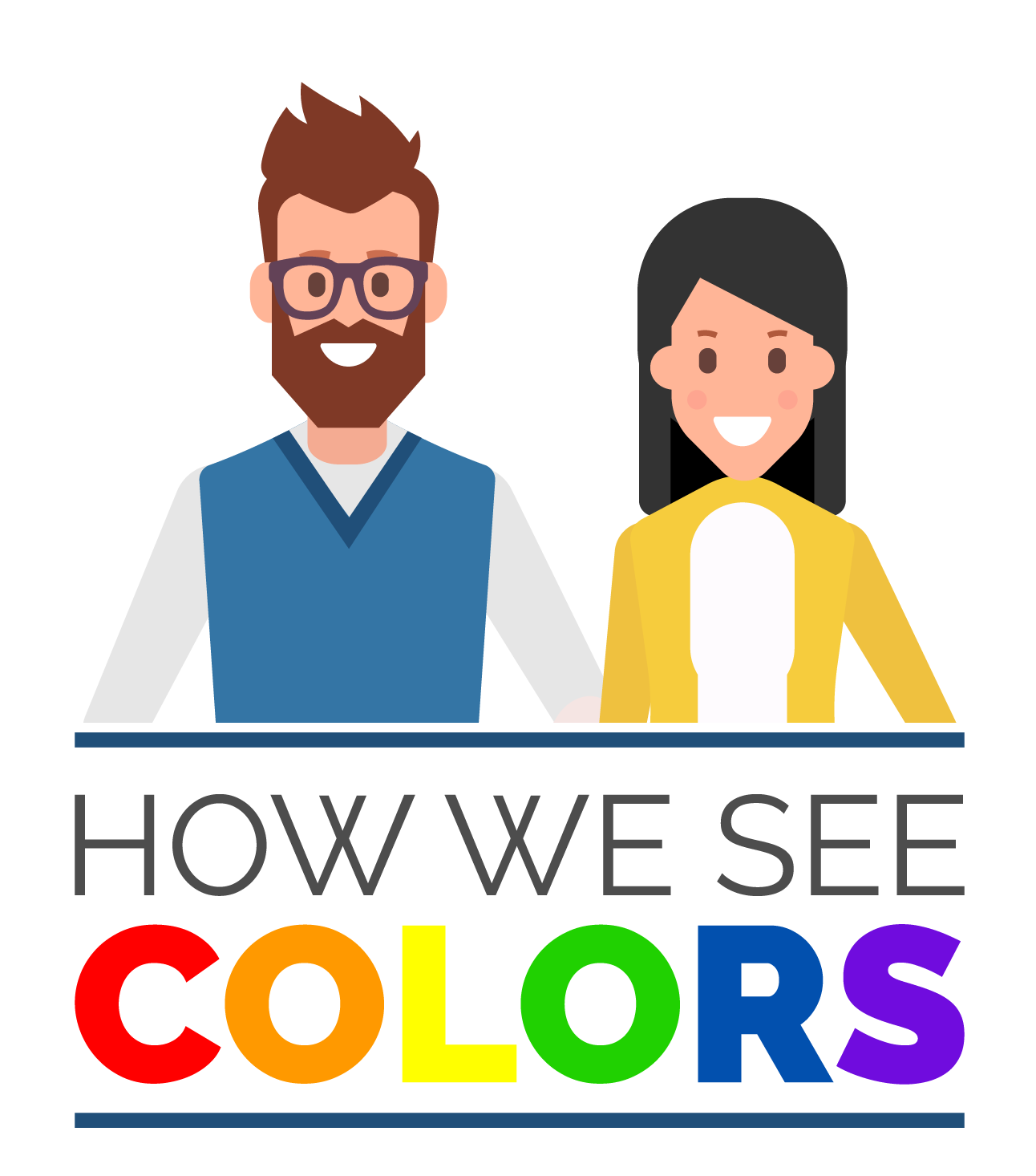Light is made up of numerous photons.
Each of these photons corresponds to a specific color wavelength on the color spectrum. The color spectrum includes the primary colors of red, yellow, and blue.
It also includes variations of these colors, including the secondary colors of green, orange, and purple. Each color has a corresponding wavelength that is short, medium, or long. When all the color wavelengths combine, it produces white light.
When we see light with our eyes, specific structures inside the eyes and our brain translate the information into a specific color. Two structures are rods and cones, which are photoreceptors in the retina that absorb the light photons.
Rods do not allow us to see colors. Rather, their purpose is to help increase our vision in reduced light levels like in the dark. Cones, on the other hand, consist of red, blue, and green cones that absorb photons of those colors and variations to help the brain interpret what colors we are seeing.
The reason we see specific colors of various objects is because the color of the object is reflected, while all other colors are absorbed by the object. For instance, the sky is blue because it absorbs all colors and reflects blue.
To learn more about how we see colors, how objects interact with light, why some people can’t see certain colors, and some fun facts, we invite you to continue reading the following infographic.
Afterward, please feel free to contact ADV Vision Centers to schedule a free consultation to find out how we could potentially help you see better using one of our advanced laser correction procedures.









